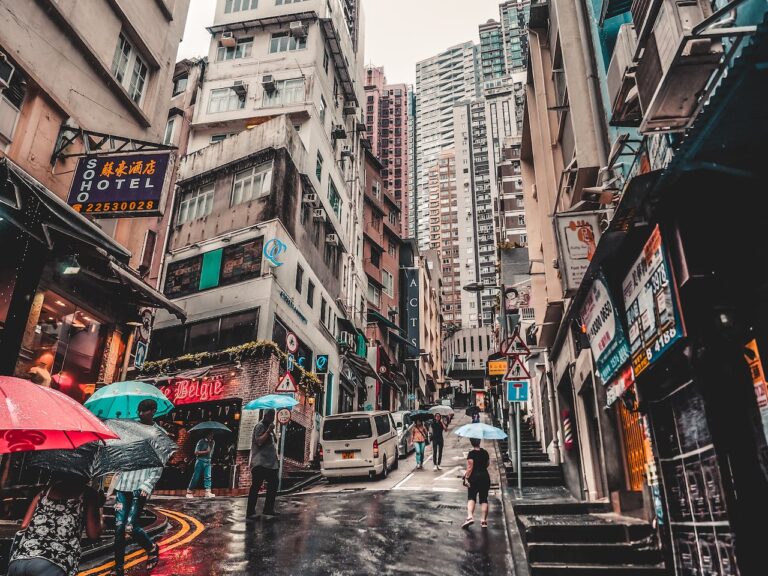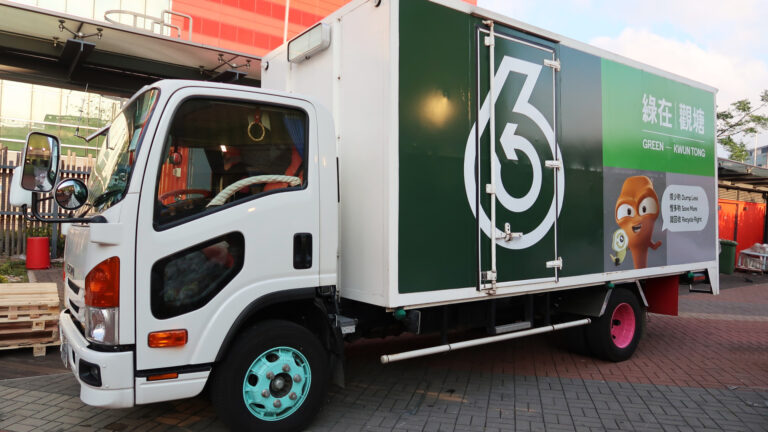5 Recycling Myths in Hong Kong
Hong Kong, a vibrant city renowned for its skyline and bustling streets, faces significant challenges in its recycling landscape. Let’s delve deeper into the intricate web of recycling myths and realities that shape waste management in this metropolis.
1. Plastic Recycling Conundrum: A Financial Hurdle
Hong Kong grapples with a massive daily output of 2,000 tonnes of plastic waste. Traditionally, 95% of recyclable plastic waste found its way to mainland China. However, since China ceased accepting this waste, local recycling has plummeted to less than 1%. The harsh truth is that recycling plastic doesn’t align with the city’s financial priorities, leading to a critical deficit in recycling infrastructure.
2. Compostable Food Packaging Illusion: No Industrial Composting
While businesses globally shift to compostable packaging, Hong Kong lacks industrial composting facilities. The absence of such facilities means that compostable plastics, when mixed with regular plastics in recycling bins, become unrecyclable. This adds a layer of complexity to waste disposal and management.
3. Glass Recycling: A Late Initiative with a Different Approach
Contrary to popular belief, Hong Kong now boasts a Glass Bottle Recycling Programme. However, the collected glass doesn’t follow the traditional path of being recycled into new glass. Instead, it’s often crushed and used in government land reclamation projects, diverting from conventional recycling practices.
4. Selective Plastic Recycling: Not All Plastics Are Equal
The misconception that all plastics are recyclable permeates public understanding. In reality, Hong Kong’s recycling plants only process Type 1 (PETE), Type 4 (LDPE), and Type 5 (PP) plastics locally. Proper sorting, cleaning, and delivery to the designated plant are critical for successful recycling. Other plastics are baled and shipped to Southeast Asia.
5. Tetra-Paks: More Complex Recycling Needs
Tetra-Paks, commonly used for beverages, present a unique challenge. Their multi-layered design necessitates special machinery for recycling, as each layer must be peeled off and disposed of separately. Without this specialized process, Tetra-Paks often end up in landfills, adding to the growing waste burden.
Concluding Remarks: Debunking Myths for a Sustainable Future
Hong Kong’s recycling landscape demands a paradigm shift in public awareness and infrastructure development. Dispelling these myths is pivotal for fostering responsible waste management. As the city navigates its recycling challenges, investing in efficient processes and raising awareness will be instrumental in steering toward a more sustainable future.







